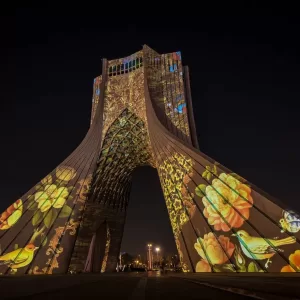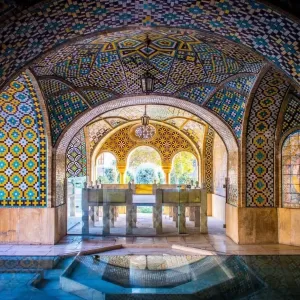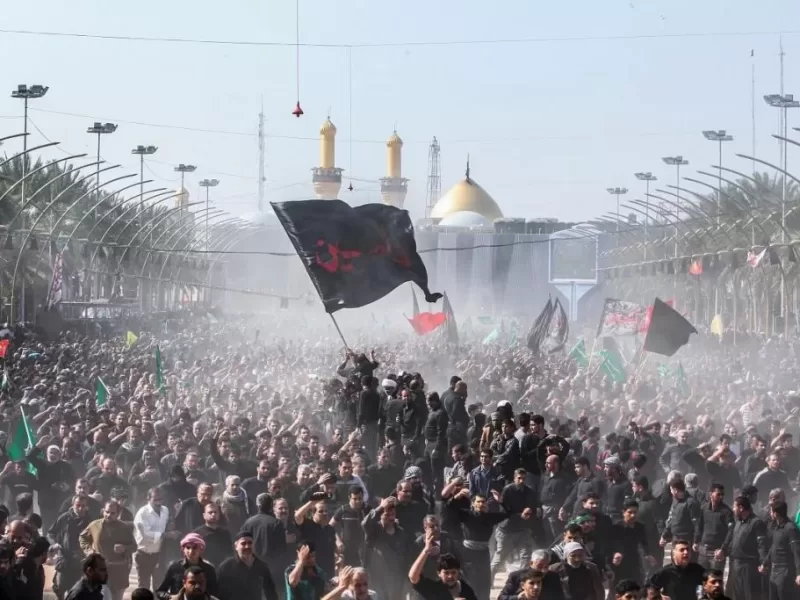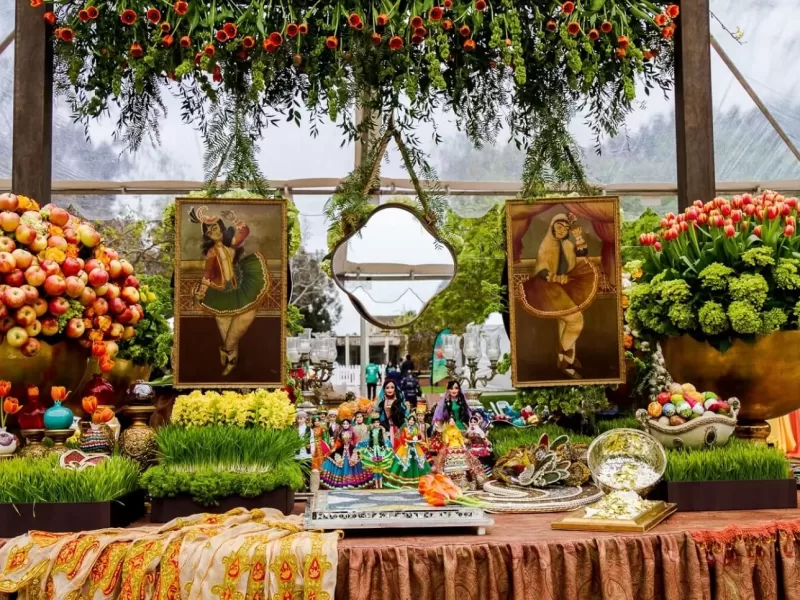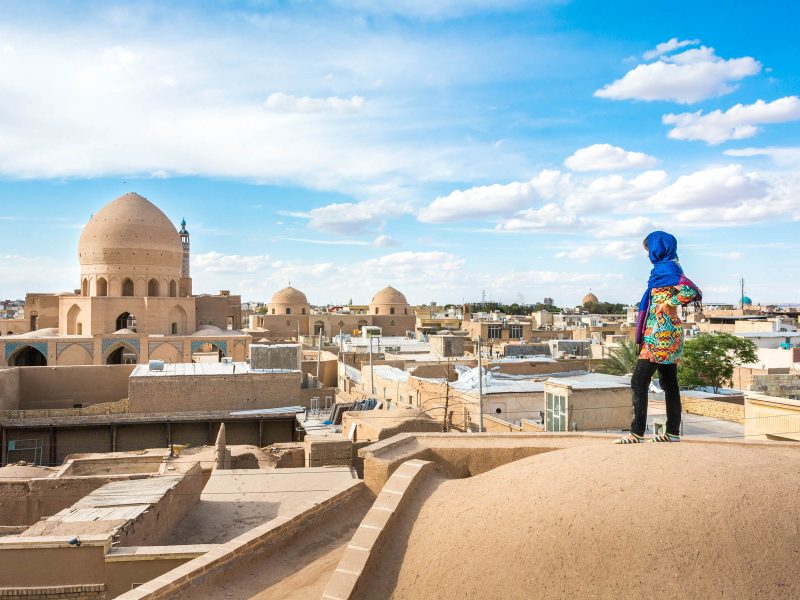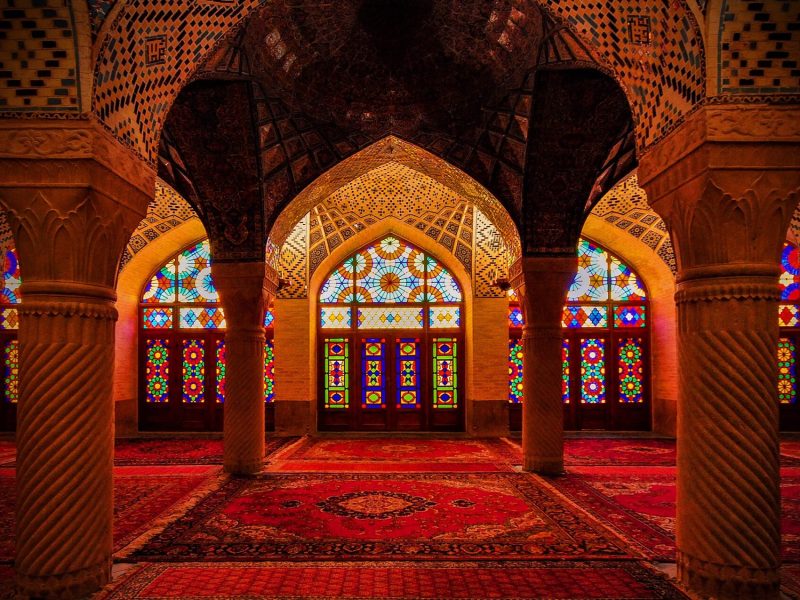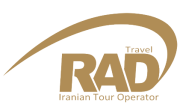Immerse Yourself in Iran’s Cultural Legacy at the National Museum of Iran
The National Museum of Iran is a treasure trove of Iran’s rich cultural and historical heritage. Located in the heart of Tehran, this museum is the largest of its kind in the country, showcasing a diverse collection of artifacts, artworks, and manuscripts that span Iran’s long and storied history. From ancient civilizations to the Islamic era and beyond, the museum’s exhibits provide a fascinating glimpse into the rich cultural traditions of Iran. Whether you’re a history buff, an art lover, or simply someone looking to expand your understanding of Iran’s cultural heritage, the National Museum of Iran is an essential destination for visitors to Tehran.
Brief Facts about the National Museum of Iran
- Established in 1937 in Tehran
- Holds over 300,000 artifacts from Iran’s history
- Displays range from prehistoric times to the Islamic era
- Includes artifacts from ancient civilizations like Elamites and Medes
- Houses a vast collection of pottery, metalwork, textiles, and manuscripts
- It is located in the Heart of Tehran.
- One of the largest and most comprehensive museums in the Middle East
History of National Museum of Iran
The National Museum of Iran has a long and fascinating history, having been established in 1937 in Tehran. The museum was originally created to showcase the rich heritage of Iran, and to protect its valuable cultural artifacts from theft and damage. Over the years, the collection has grown to include over 300,000 objects, covering a wide range of historical periods and civilizations. From prehistoric times to the Islamic era, the National Museum of Iran provides visitors with a glimpse into the rich history and culture of Persia.
What to Expect
Visitors to the National Museum of Iran can expect to see a vast collection of pottery, metalwork, textiles, and manuscripts, as well as objects from everyday life such as tools, weapons, and jewelry. The museum also houses artifacts from ancient civilizations like Elamites and Medes, and showcases the rich heritage of the Achaemenid, Sassanian, and Islamic periods. With its well-preserved and well-displayed artifacts, the National Museum of Iran provides visitors with an in-depth look at the rich history and culture of Persia.
Unique and Noteworthy Features
One of the unique features of the museum is its vast collection of artifacts, including objects from pre-historic times to the Islamic era. The museum’s impressive collection is housed in several galleries, each dedicated to a specific time period or civilization. Another noteworthy feature is its modern design, which incorporates traditional Persian architecture with contemporary elements to create a visually stunning space.
Surrounding Area
The National Museum of Iran is located in the heart of Tehran, surrounded by other cultural and historical landmarks. Visitors can explore nearby attractions, such as the National Jewelry Museum, the Reza Abbasi Museum, and the Glass and Ceramic Museum of Iran. There are also many restaurants and cafes in the area for those who want to grab a bite to eat after their visit to the museum.
Cultural and Educational Significance
The National Museum of Iran is an important cultural and educational institution, serving as a symbol of Iran’s rich heritage and history. It is a must-visit destination for tourists and locals alike, offering a unique opportunity to learn about the country’s past and understand its cultural significance.
The Architecture and Design of National Museum of Iran
The National Museum of Iran is housed in a beautiful building that is itself a work of art. The museum’s design incorporates traditional Persian elements such as arches, tile work, and intricate carvings, while also incorporating modern elements to create a harmonious blend of old and new. The museum’s central courtyard is particularly striking, with its lush greenery and intricate tile work. The building’s spacious galleries provide ample room for the display of the museum’s vast collections, ensuring that visitors are able to fully appreciate each piece.
Key Exhibitions and Collections
The National Museum of Iran is home to a vast array of artefacts and collections that cover the rich cultural and historical heritage of Iran. Some of the key exhibitions and collections include:
- Prehistoric collections that showcase Iran’s ancient history, from the Paleolithic era to the early Islamic period.
- An extensive collection of artefacts from the Achaemenid era, including pottery, jewellery, and metalwork.
- A comprehensive collection of artefacts from the Parthian and Sassanian periods, including pottery, glassware, and sculptures.
- Islamic era collections, including ceramics, textiles, and metalwork from the 9th to the 19th centuries.
- A collection of coins from ancient times to the modern era.
Visitor Information
- The National Museum of Iran is open to visitors seven days a week, from 9:00am to 4:30pm. Admission prices vary, but tickets can be purchased at the museum’s entrance. The museum is easily accessible by public transportation, and there is ample parking available for those who prefer to drive.
- Tips and Suggestions for Visitors
- To fully appreciate the National Museum of Iran, visitors should plan to spend several hours exploring its galleries and exhibitions.
- Visitors should bring a camera to capture the beauty and detail of the museum’s collections.
- The museum can get busy during peak tourist season, so it is recommended to visit on a weekday to avoid crowds.
- Visitors should also consider bringing a bottle of water, as the museum’s galleries can be warm and stuffy.
FAQs:
What is the National Museum of Iran?
The National Museum of Iran is a museum in Tehran that houses a vast collection of artifacts from Iran’s history, ranging from prehistoric times to the Islamic era.
When was the National Museum of Iran established?
The National Museum of Iran was established in 1937 in Tehran.
What kind of artifacts can be found at the National Museum of Iran?
The National Museum of Iran houses a wide range of artifacts, including pottery, metalwork, textiles, manuscripts, tools, weapons, and jewelry, as well as artifacts from ancient civilizations like Elamites and Medes.
How large is the collection at the National Museum of Iran?
The collection at the National Museum of Iran includes over 300,000 artifacts.
What historical periods are covered at the National Museum of Iran?
The National Museum of Iran covers a wide range of historical periods, including prehistoric times, the Achaemenid, Sassanian, and Islamic periods, and more.
In conclusion, the National Museum of Iran is a must-visit destination for anyone interested in the rich history and culture of Persia. With its vast collection of well-preserved and well-displayed artifacts, the museum provides visitors with an in-depth look at the rich heritage of Iran. Book your visit to the National Museum of Iran through RadTravel agency for an unforgettable experience.

